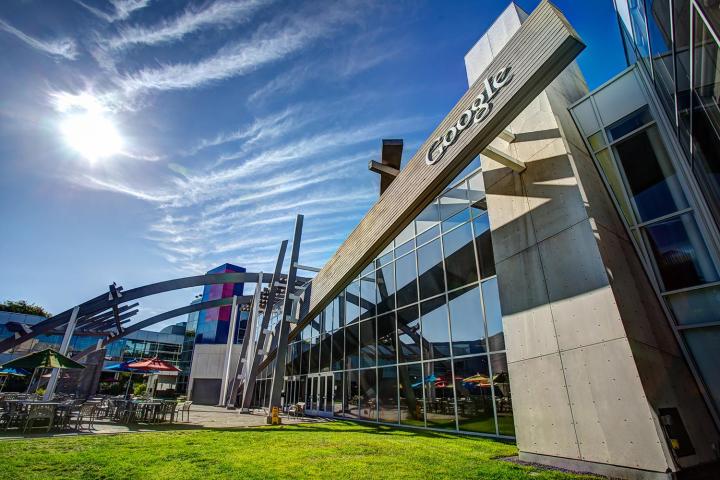
In a blog post released Wednesday, Google noted, “In order to scale up by the next order of magnitude, Broad and Google will work together to explore how to build new tools and find new insights to propel biomedical research, using deep bioinformatics expertise, powerful analytics, and massive computing infrastructure. Collaboration between the world’s premier genomics and biomedical research center and the most advanced computing infrastructure can help develop a new generation of tools and services that will enable scientists — from large academic institutions, commercial organizations, or small research labs in remote corners of the world — to uncover a wealth of biological insight.”
Google Genomics was begun two years ago “to help the life science community organize the world’s genomic information and make it accessible and useful,” and now, as the program forms new partnerships, it is breaking new ground and discovering new potential applications. And as growing amounts of data is gathered, the cloud is becoming more and more necessary as a storage unit for the veritable treasure trove of knowledge produced by researchers across the world.
“Large-scale genomic information is accelerating scientific progress in cancer, diabetes, psychiatric disorders, and many other diseases,” noted Eric Lander, president and director of Broad Institute in a statement. “Storing, analyzing, and managing these data is becoming a critical challenge for biomedical researchers.” Luckily, with this new collaboration with the Google Cloud Platform, storing and processing large amounts of data will no longer be as daunting a task.
“Through our collaboration with Broad Institute and our work with the Global Alliance for Genomics and Health and the life science community, we believe we can make a difference in improving human health,” the Google blog post reads. “By making it easier for researchers to ask big questions and find answers amid complexity, we hope to unleash scientific creativity that could significantly improve our understanding of health and disease.”


